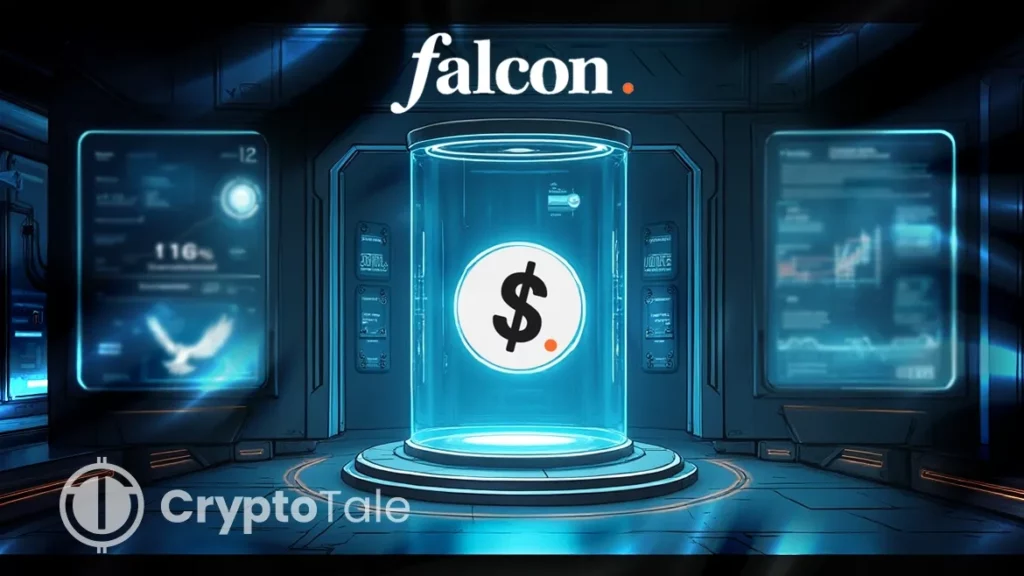
Stablecoin USDf Rebounds, Falcon Details Risk Strategy
USDf rebounded from $0.8799 to $0.9905, backed by 116% overcollateralized, audited reserves.
Falcon Finance’s algorithmic stablecoin USDf recently experienced a temporary halt, plummeting to $0.8799 before recovering to $0.9905. This sudden drop triggered panic within the DeFi community, prompting skepticism about the reliability of synthetic dollar models. In response, DWF Labs Managing Partner Andrei Grachev provided a detailed explanation of Falcon’s structure, reserve distribution, and risk management strategies.
Falcon emphasizes risk mitigation through strict over-collateralization and market-neutral strategies. According to the protocol, approximately 89% of reserves—approximately $565 million—are held in BTC and stablecoins. The remaining 11%, or roughly $67.5 million, comes from altcoins chosen for their capacity to generate additional yield through staking. This elevated ratio of 116% over-collateralization functions as a shock absorber in volatile conditions.
The protocol’s reserves are regularly audited, which mitigates the issue of mismanagement that led to earlier algorithm failures. With this level of transparency, Falcon stands out among non-backed or non-transparent models.
To further guarantee peg stability, Falcon caps its open interest (OI) market share at 20% per asset and mandates a stable or fully hedged position for each minted USDf. This structural design precludes the type of unhedged exposure that contributed to UST’s collapse when its anchor-based yield strategy failed during market shocks.
Falcon generates yield through various delta-neutral strategies. Basis trading accounts for approximately 44% of income, while arbitrage contributes roughly 34%. Staking rewards from supported altcoins make up the remaining 22%. The platform occasionally exploits OTC opportunities during reserve rebalancing to further enhance returns. These market-neutral approaches do not make directional bets, thereby supporting the protocol’s resilience against broader price fluctuations in the crypto markets.
Arbitrage opportunities also induced traders to purchase discounted tokens and then redeem them for underlying assets when USDf had fallen below the $1 mark. The given organic peg-restoration mechanism is reminiscent of tactics employed within conventional finance.
Falcon Finance permits instant unstaking from sUSDf to USDf, enhancing user liquidity and confidence. Although KYC is necessary, a 7-day cooling-off period applies when minting and redeeming, ensuring smooth capital movement, particularly during stressful periods.
The stark contrast with TerraUSD’s collapse is clear. UST relied on mint-and-burn mechanisms tied to its governance token, LUNA, without robust collateral support. In sharp contrast, Falcon employs verifiable reserves, neutral positions, and decentralized finance-native mechanisms to manage risk.
Source: cryptotale.org


